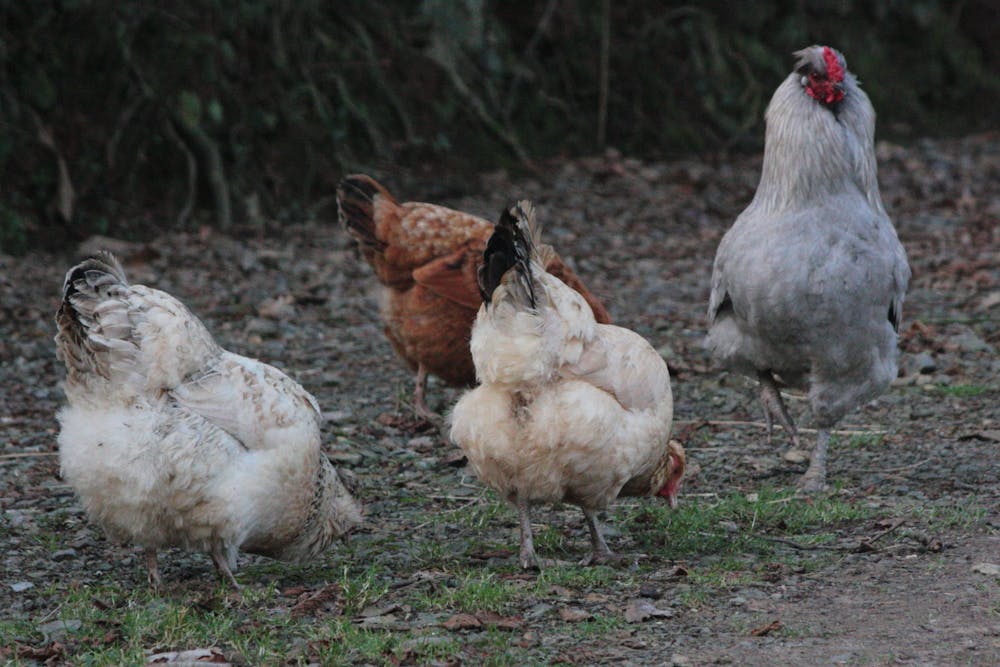Some 11 different cases of highly pathogenic avian influenza strains have been reported in Washington state since the beginning of May, and wildlife health officials are quickly responding.
At least two of these cases were reported in Whatcom County, with others in Skagit, Grant, Steven, Pierce, Walla Walla, Asotin and King counties.
Though avian flu affects both wild and domestic bird flocks, the primary concern for health officials is toward the latter.
“This particular strain, H5N1, is very contagious and almost always deadly to chickens, [but] some waterfowl can be carriers without showing symptoms,” said Amber Betts, a public information officer for the Washington Department of Agriculture. “The last time it was this bad was in 2014 and 2015.”
Katie Haman, a veterinarian at the Washington Department of Fish and Wildlife specializing in non-game wildlife and leader of flu response, reported that high-pathogenic strains have a 75% fatality rate among animals infected.
“Highly pathogenic are considered the strains that kill domestic birds and have a high impact on poultry. If [the strains] are found in a given location, trade is shut down until it’s high-path free,” Haman said.
The recent strain of H5N1 was first detected in eastern North America in December 2021, according to Haman. The first case in Whatcom County was confirmed on May 13, 2022.
Though the threat to domestic flocks is well-understood, the same cannot be said of wild flocks.
“At this point, we don’t know the threat for wild birds," Haman said. "We don’t have enough data to understand the impact of this virus on our wild bird [population]. This time versus 2015, we’re seeing significant wild bird and waterfowl mortality."
The discrepancy is in part thanks to the testing and documentation process, which prioritizes domestic flocks over wild ones.
“Wild flock cases take longer to process. [The labs] are really focused on domestic cases right now, wild bird cases are a lower priority,” Haman said.
A confirmed case requires two separate positive tests, once at a state lab and again at the National Veterinary Services Laboratory.
The spread of avian flu is attributed to interactions between wild migrant flocks and domestic flocks.
“Different birds travel along different flyways, but they all converge in the north in the spring. The birds that travel through Asia meet birds thru flyways from Washington, and that’s how viruses spread and mutate,” Betts said.
The virus spreads from wild to domestic flocks through shared water sources and fecal contamination. The Whatcom County Health Department recommended flock owners keep their birds in pens to avoid such contact.
Telltale signs of infection include multiple birds dying simultaneously without symptoms, discoloration of legs and feathers and mucus discharge in the eyes.
“We have a sick bird hotline people should call if they have an infected flock,” Betts said. “Our vets will follow up, first over the phone to determine exposure avenues. From there, they’ll send out a vet to do testing.”
The Department of Agriculture’s sick bird hotline is 1-800-606-3056. Sick wild birds can be reported via the Report Wildlife Observations form on the Department of Fish and Wildlife’s website.
Troy Schulz (he/him) is a city news reporter at The Front. He studies news/editorial journalism. He has previously written for Zenger News and WhatCulture.
He can be reached at troyschulz.thefront@gmail.com.






